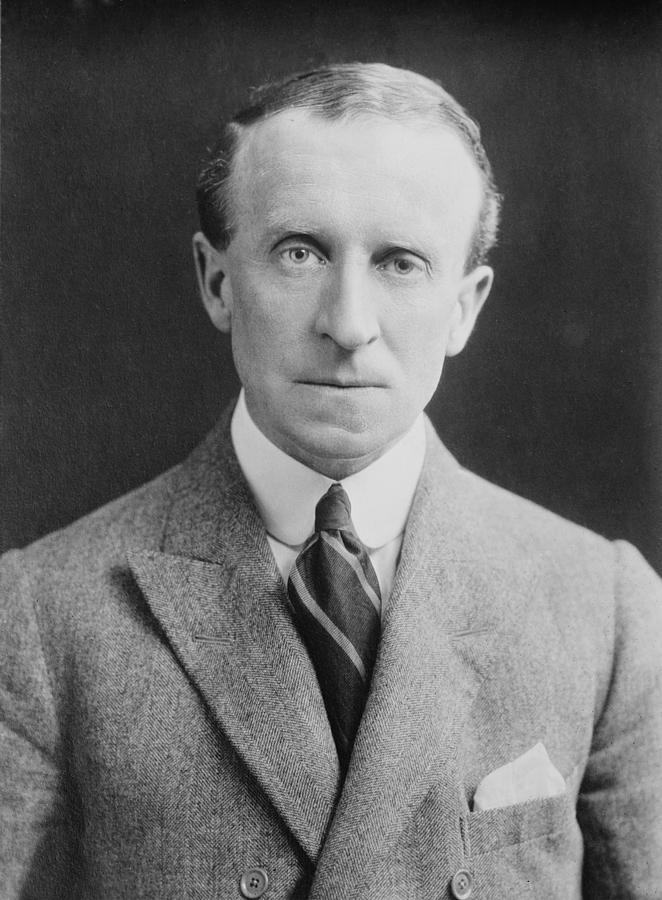John Buchan, The Thirty-Nine Steps
That's because Hitchcock, who had an artistic temperament, added embellishments that Buchan, who was still living at the time, may have considered an attempt to make it better than God meant it to be. There's no woman, no character for Madeleine Carroll to play, in Buchan's novel. Nor is there a character called Mr. Memory, who reveals the 39 steps at the climax of the film. In Buchan's story, the 39 steps are, in fact, 39 steps, a staircase leading down to the beach, where spies plan to rendezvous.
The basic plot remain unchanged in the film version. Richard Hannay learns of a German plot to learn British secrets before the outbreak of war. A murder in his flat sends him on the run, both to escape the German spies and to escape the police, who consider him the prime suspect in the murder. The story is mostly a long chase, with several narrow escapes.
Hitchcock's movie would probably not be regarded as the classic it is today had it not been for the embellishments the director added. Yet the original novel reads just fine the way it is, as God, or at least John Buchan, intended.

No comments:
Post a Comment